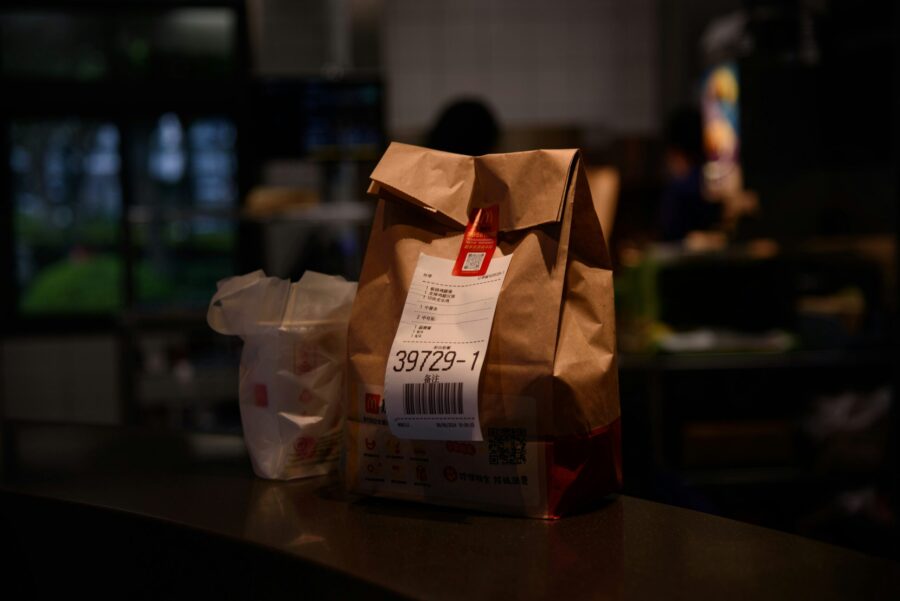This week a BBC exposé revealed that modern slavery victims were forced to work at a McDonald’s in Cambridge, and a factory supplying goods to major supermarkets, including Tesco, Waitrose, Sainsburys, Asda, M&S and Co-op.
While McDonald’s has since improved its practices around identifying modern slavery in the business, the investigation showed that clear warning signs had been missed by the employers for at least four years prior. This includes red flags such as victims’ wages being paid into bank accounts with different names, excessive overtime, and multiple employees using the same registered address.
In a recent survey conducted by compliance training experts, Skillcast, only 1% of business leaders stated that modern slavery was the regulation they considered most important in their business.
In response, Skillcast have provided guidance to businesses to spot the signs of modern slavery in their supply chain and prevent such incidents.
Skillcast CEO, Vivek Dodd says,
Establishing visibility in your supply chain is the first step to tackling modern slavery. It can present itself in many forms, so being aware of key indicators will help prevent unethical and illegal practices early on.
Vivek Dodd, Skillcast CEO
What should you be asking your suppliers?
When establishing your supply chain, there are a handful of crucial questions you should consider to make sure you’re doing your due diligence.
Asking ‘how have you mapped your supply chain?’ and ‘what does your supply chain look like?’ helps identify high-risk areas and ensure transparency.
By questioning a supplier’s response to modern slavery risks, you can check if they have policies in place and training to address exploitation. Finally, ‘how would you describe the working conditions of your workers?’ uncovers potential abuse or unfair treatment. These questions ensure ethical standards are upheld and risks are mitigated for your business.
Spotting the signs
Under the Modern Slavery Act 2015 businesses with an annual turnover of £36m or more must report on steps taken to reduce modern slavery in the supply chain, which means it’s crucial to recognise the signs of modern slavery early on.
Victims may show physical signs of abuse, such as bruising or malnourishment, and may appear withdrawn or frightened when approached. Restricted movement is another warning sign, where workers may not be allowed to travel alone, lack personal identification, or seem overly controlled by others. Poor living conditions, such as cramped and dirty accommodations, are also common indicators.
Additionally, victims of modern slavery often have very few personal belongings and may wear the same unsuitable clothes daily. They may exhibit unusual behaviours like avoiding eye contact, appearing fearful, or allowing others to speak on their behalf, which could suggest they are being coerced.
How can you act?
Adopt a risk-based approach and continue to carry out spot checks and audits on your suppliers. By encouraging excessive production targets it may encourage suppliers to cut corners. It’s possible to be profitable and principled so try to ensure you’re not imposing unreasonable demands on your suppliers.
Learn more around the fundamentals of modern slavery training here.
Joanne is the editor for Workplace Wellbeing Professional and has a keen interest in promoting the safety and wellbeing of the global workforce. After earning a bachelor's degree in English literature and media studies, she taught English in China and Vietnam for two years. Before joining Work Well Pro, Joanne worked as a marketing coordinator for luxury property, where her responsibilities included blog writing, photography, and video creation.



